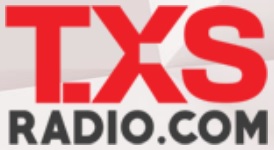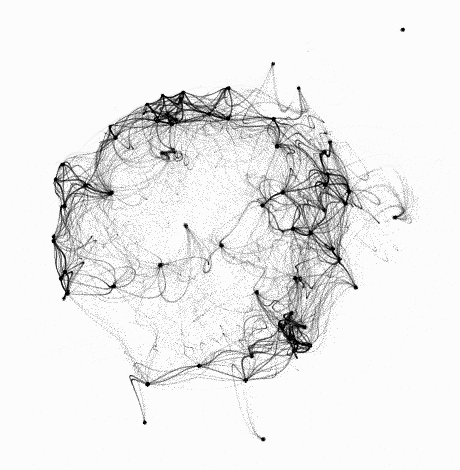
|
Space and Astrophysical Plasma Laboratory |
 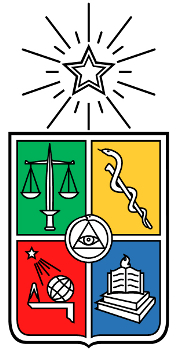
|
|
|---|---|---|---|
Objetive of the Laboratory: To combine theory, observations, and simulations to study phenomena of interest in space physics and astrophysics
The study of space and astrophysical plasmas in Chile
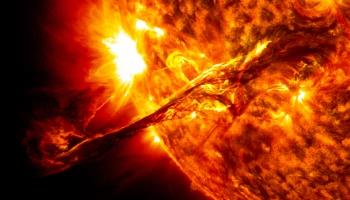
SOHO web page
The sun is far from the static behavior, immutable in time, which at first sight seems to have. The first notion that the sun is not static comes from observations of sunspots, which are places where the suns magnetic field is particularly strong. During the last decades we have discovered that the sun is extremely dynamic, as shown the figure, with an activity cycle of around 11 years. This cycle is controlled mainly by the dynamics of the magnetic field in the sun. The sun is constantly sending to the interplanetary medium an incessant flow of plasma, the fourth state of matter, which varies in time called "solar wind". In a more intense and intermittent way, the sun also releases energy several times a day and plasma to the interplanetary medium through solar flares and coronal mass ejections. This more intense release of energy is related to what is called Solar Storms. Therefore we see that the space around the earth "is not empty", and that it is a very hostile and dynamic environment that is flooded by electromagnetic fields and plasma coming from the sun. Luckily, we have the earth's magnetic field, which forms a cavity called a magnetosphere, which protects us from most of the sun's particle emissions. The Earth's atmosphere also fulfills its role by protecting us from the most damaging rays (UV, X-rays, etc.). Without the magnetic field and the magnetosphere there probably could not be life on earth. The complex interaction between the solar wind, including the most intense plasma emissions, with the magnetosphere is called "space weather, which is a topic that we have been studying from a theoretical, observational, simulation, and space technolgy development point of view. This topic is of great interest in the scientific community for its effect on the lifetime of satellites, telecommunications, positioning of GPS, stability in electricity networks, radiation to aircraft passengers, and the feasibility of future interplanetary trips by humans, among other effects. The greatest disruptions of space weather occur when a coronal mass ejection reaches the magnetosphere of the earth, and its effects, apart from the technological ones, can be very visible as the northern and austral auroras, and even in a few historical reports where they have observed equatorial auroras.
These solar storms will be very important when space travel begins, for example to the Moon, Mars or asteroids (2030); since astronauts are going to have to be monitoring solar storms to protect themselves from the high-energy particles that come associated with these. For example, Mars does not have a magnetic field like Earth's, and therefore its visitors will have to protect themselves when there are solar storms.
We have formed a group of researchers with extensive experience in Space and Astrophysical Plasma Physics and Engineering, which will allow us to combine theory, observations, simulations with the development of scientific technology such as Cubesats for the direct study of these phenomena in space. Join us to learn about this project and discover how from Chile we do space science at the highest level.
NEWS AND ACTIVITIES
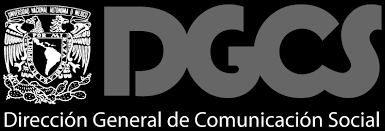 The Geophysics Institute of UNAM, the National Institute of Space Research INPE of Brazil, the Faculty of Exact and Natural Sciences of the University of Buenos Aires, and the Faculty of Sciences of the University of Chile signed the Protocol of Intentions, to collaborate in studies and monitoring of space weather, which will allow them to position themselves as leaders in this area in Latin America.
The Geophysics Institute of UNAM, the National Institute of Space Research INPE of Brazil, the Faculty of Exact and Natural Sciences of the University of Buenos Aires, and the Faculty of Sciences of the University of Chile signed the Protocol of Intentions, to collaborate in studies and monitoring of space weather, which will allow them to position themselves as leaders in this area in Latin America. Monday December 7 6:00 p.m. What does space weather have to do with the future of our civilization?
Transmission through Zoom and Facebook live.
Monday December 7 6:00 p.m. What does space weather have to do with the future of our civilization?
Transmission through Zoom and Facebook live.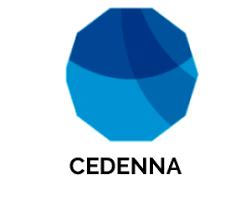 On November 12, the second seminar "Committed to Chile" was held in Cedenna. About 40 researchers participated in a presentation of COVID-19
related studies. The talks were given by the scientists of the researchgroup in simulations of the Center, Drs. Alejandro Valdivia and Felipe
Torres.
On November 12, the second seminar "Committed to Chile" was held in Cedenna. About 40 researchers participated in a presentation of COVID-19
related studies. The talks were given by the scientists of the researchgroup in simulations of the Center, Drs. Alejandro Valdivia and Felipe
Torres. INVITATION: Heliophysics and Space Weather Seminar, THURSDAY, OCTOBER 29, 2020 ON FacebookLIVE, Dr. Juan Alejandro Valdivia. University of Chile.
INVITATION: Heliophysics and Space Weather Seminar, THURSDAY, OCTOBER 29, 2020 ON FacebookLIVE, Dr. Juan Alejandro Valdivia. University of Chile.
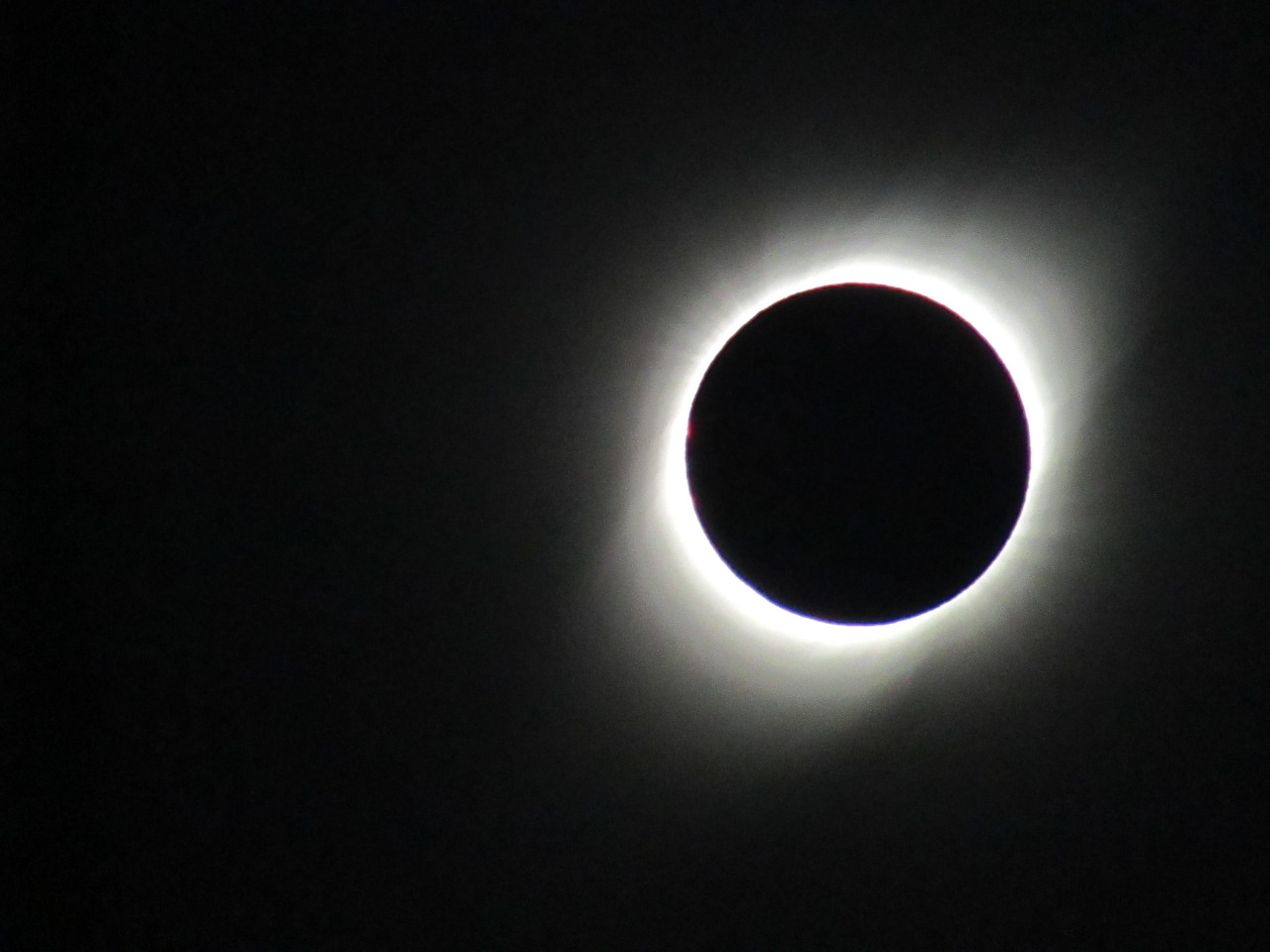 We were at the Juan Soldado Center of the University of La Serena observing the effects of the eclipse on the ionosphere.
We were at the Juan Soldado Center of the University of La Serena observing the effects of the eclipse on the ionosphere.
 Radio program "The Invention of the Future", radio Pauta. Interview with the Space Weather Expert, Dr. Juan Alejandro Valdivia, about storm and space weather; August 2019.
Radio program "The Invention of the Future", radio Pauta. Interview with the Space Weather Expert, Dr. Juan Alejandro Valdivia, about storm and space weather; August 2019.
 Radio program "Creating Knowledge", interview the Space Weather Expert, Dr. Juan Alejandro Valdivia; July 2019.
Radio program "Creating Knowledge", interview the Space Weather Expert, Dr. Juan Alejandro Valdivia; July 2019.
 Talk of Professor Juan Alejandro Valdia in the United Nations; OOSA: Committee on the Peaceful Uses of Outer Space: Scientific and Technical Subcommittee, 56th session, February 2019
Talk of Professor Juan Alejandro Valdia in the United Nations; OOSA: Committee on the Peaceful Uses of Outer Space: Scientific and Technical Subcommittee, 56th session, February 2019
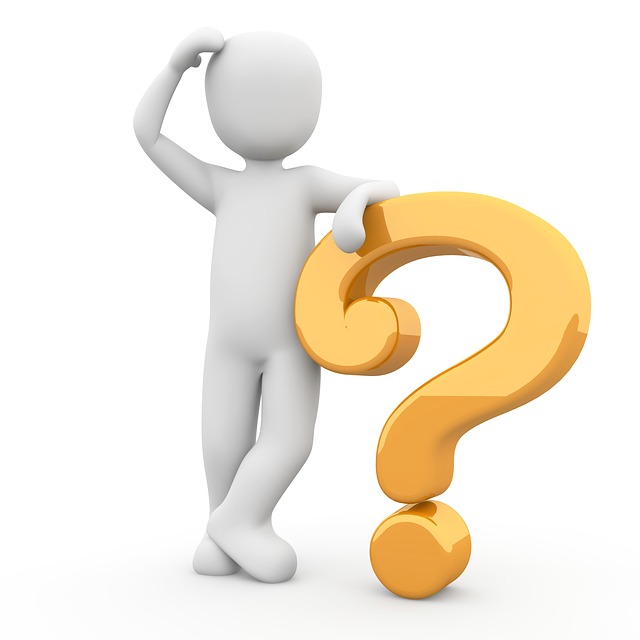 Whom are we?
Whom are we?
